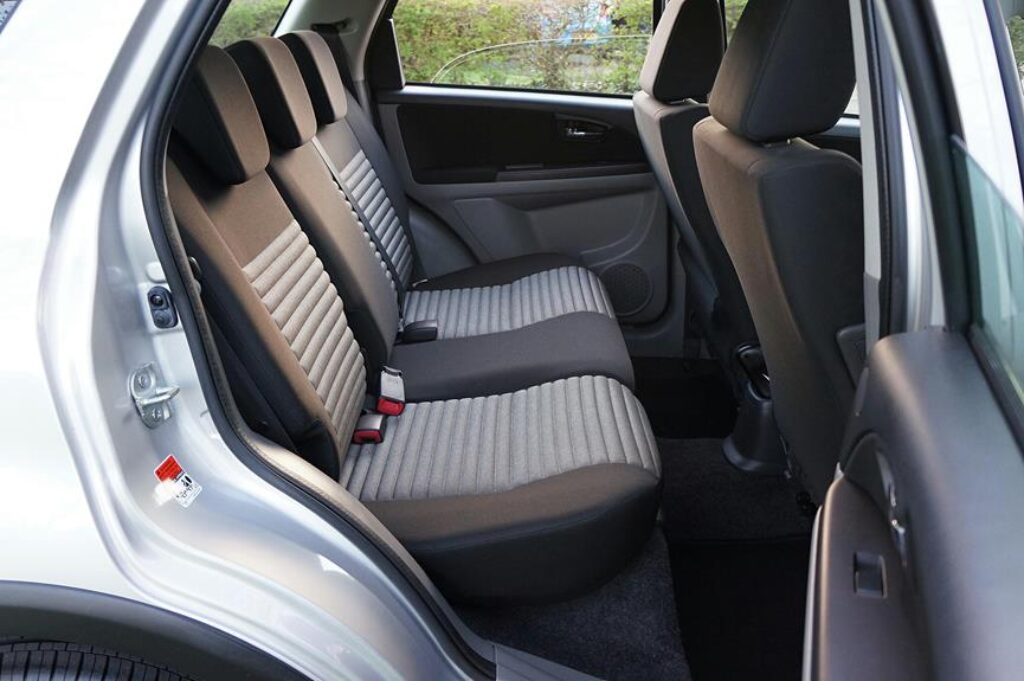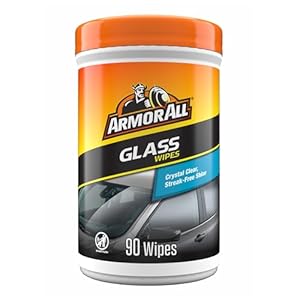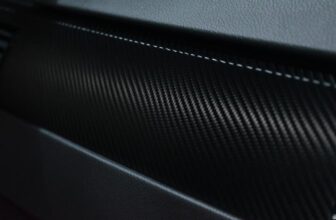
When it comes to tackling those stubborn stains on your car seats, you might find yourself facing a daunting task. However, fear not, for there are effective methods that can help restore your seats to their former glory. Before you dive into the cleaning process, consider the type of stain you’re dealing with and the material of your car seats. Taking the right approach can make all the difference in achieving a spotless result. So, are you ready to discover the secrets to banishing those pesky stains for good?
Pre-treat the Stain
To begin tackling stubborn stains on your car seats, consider pre-treating the affected area with a specialized cleaner. This step is crucial as it helps break down the stain and prepare it for easier removal in the following cleaning process. Start by applying the cleaner to the stained area and letting it sit for a few minutes to penetrate the fabric. Gently scrub the stain with a soft-bristled brush or a microfiber cloth, working in a circular motion to lift the dirt and grime from the seat.
After pre-treating the stain, use a clean cloth to blot the area and remove excess cleaner and loosened debris. Avoid rubbing the stain vigorously, as this can push the dirt further into the fabric fibers. Once you have finished pre-treating the stain, proceed with the appropriate cleaning solution to fully eliminate the stubborn mark from your car seat. Remember, patience and gentle handling are key to effectively removing tough stains without damaging your car seats.
Choose the Right Cleaning Solution
Consider selecting the appropriate cleaning solution based on the type of stain and your car seat material to effectively remove stubborn marks. Different stains require different treatments, so it’s crucial to choose the right cleaning product. For fabric seats, a gentle upholstery cleaner or a mixture of laundry detergent and water can work wonders. Leather seats need a specialized leather cleaner to ensure they aren’t damaged during the cleaning process. Vinyl seats can be cleaned with mild soap and water or a vinyl cleaner.
For tough stains like ink or grease, a stronger cleaner may be necessary. Always test the cleaning solution on a small, inconspicuous area first to check for any adverse reactions. Avoid using harsh chemicals that could potentially discolor or damage your car seats. Remember to follow the manufacturer’s instructions on the cleaning solution for best results.
Gently Scrub the Stain
If you find that the stain persists after applying the appropriate cleaning solution, proceed by gently scrubbing the affected area on your car seat. To do this, dampen a clean cloth or soft-bristled brush with water and begin to gently scrub the stained area in a circular motion. Avoid using harsh scrubbing motions as this could damage the fabric of your car seat. Instead, apply gentle pressure and continue scrubbing until you start to see the stain lifting.
Be mindful not to oversaturate the area with water, as this can lead to mold and mildew growth. It’s essential to control the amount of moisture and only use what’s necessary to clean the stain effectively. Continue scrubbing until you have removed as much of the stain as possible.
Remember to work from the outside of the stain towards the center to prevent it from spreading further. Once you have finished scrubbing, proceed to the next step of rinsing and drying the area to ensure the best results in removing stubborn stains from your car seats.
Rinse and Dry the Area
Once you have finished scrubbing the stained area on your car seat, proceed to rinsing and drying it thoroughly to complete the stain removal process effectively. Start by using a clean cloth dampened with water to gently blot the area. Make sure to remove all traces of the cleaning solution and dirt by rinsing the cloth frequently. Continue this process until the water runs clear, indicating that the stain and cleaning residue have been completely removed.
After rinsing, use a dry cloth to absorb as much moisture as possible from the car seat. Press the cloth onto the damp area, applying gentle pressure to help soak up the water. It’s crucial to dry the seat completely to prevent any potential mold or mildew growth.
To finish, leave the car windows open or use a fan to allow for proper air circulation and faster drying. Avoid sitting on the seat until it’s completely dry to avoid any further damage. Following these steps will ensure that your car seat looks clean and fresh once again.
Automotive & Tools














